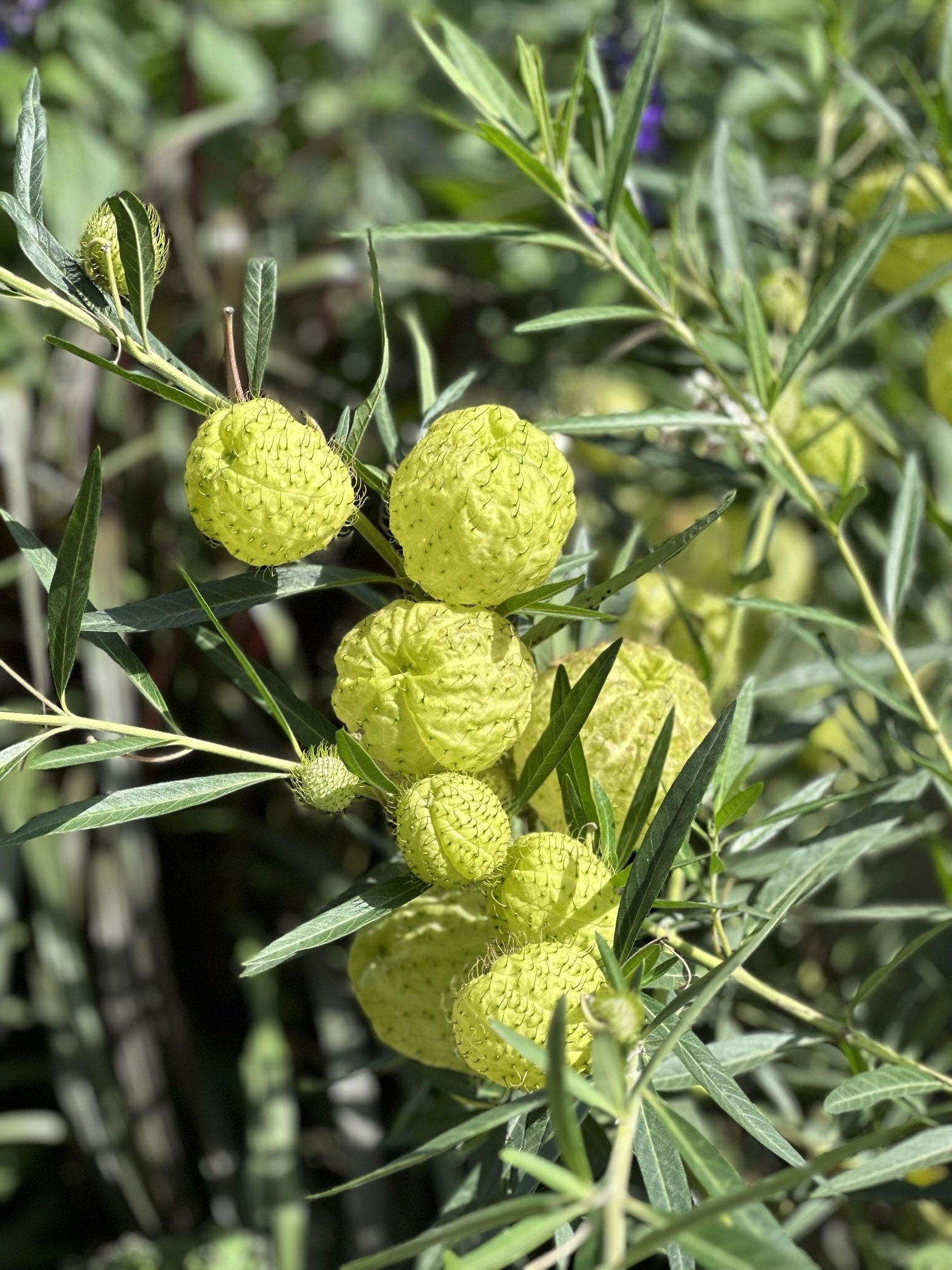In Biography work there are many artistic exercises we can do with clients - as Biography Workers. Artistic work allows us to open our inner imaginal realm to help us to access the internal places that we are not typically in touch with in our every day life. Biography work is a way to work with one another in a listening and present way. Ideally - one can work with someone in sharing this exercise and impressions sensed after it is complete. However - it is safe to use this exercise alone in a safe way. Do not go into areas you do not feel comfortable with or are equipped to take on when you are alone. Use this as a way to gain inner knowing about yourself. It is up to you to know what you are capable of handling.
*Please only proceed with working with this image if you feel safe and comfortable and ready to examine some of the quiet corners in your imagination. Read through the exercise before beginning so that you are aware of what the framework is. If you are struggling in any way - know your support persons to contact if you find that you have come across uncomfortable territory.
Artistic Exercise: Gaze at the image of this painting - Ginevra de' Benci , c. 1474/1478 - by Leonardo da Vinci. Take a few minutes and take in what you are seeing. Have a pen and paper at hand. Do not write down your impressions straight away. Continue looking for up to 5 minutes. Of course if you would like to take more time, please do so. The exercise if just for you alone.
When you feel ready - begin to write down your visual impressions. What are you seeing here? Describe the painting - clothing, her facial countenance, the scenery, the colors, the senses that awaken in you. After you have looked in detail at the image and written down all that you feel that you see - next we move on to impressions. What are the sense impressions you have of this image? Write down what your senses are seeing and feeling. Does it remind you of something from long ago in your life or perhaps in your current life? Is this something you want to explore in your writing? Only go as far as you are comfortable. Stop anytime that you need to.
Exploring an image in this way - an awakening to parts of our lives can be discovered. This can be a deeply meaningful experience. Often times - suddenly a memory - an image - an experience is recalled. We don’t know where this has come from. Follow the threads of your writing and thinking for up to ten minutes. Of course take more time if you would like. Do not be too careful with your writing. Write what comes to mind without editing it. After you are complete with your writing - put the pen down and look away from your writing. You might look at the image again.
Feelings may arise. You can notice these and let them wash away. This exercise is to awaken to yourself a bit more. Allow yourself to begin to explore in a free and simple way - just noticing. In this way it is somewhat like a meditation. It can be a rich feeling to enter into this exercise - in full control of your senses and body - and have a deep inner sensing and knowing come to you. What have you discovered? Read back over your words. Look at the image again. Express any residual feelings with your writing or speak them out loud to the room.
This tool is a helpful process to begin to examine our own inner lives. Keeping a journal allows you to examine your thoughts and words over time. If you are working with a kind helper - you many want to share some of these insights with them. Know that you can be in control of your own exploration. Tend and Listen to Yourself.
““Now I become myself. It’s taken time, many years and places.””
























